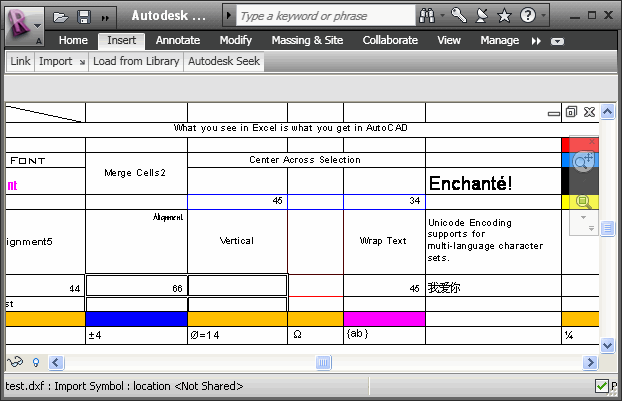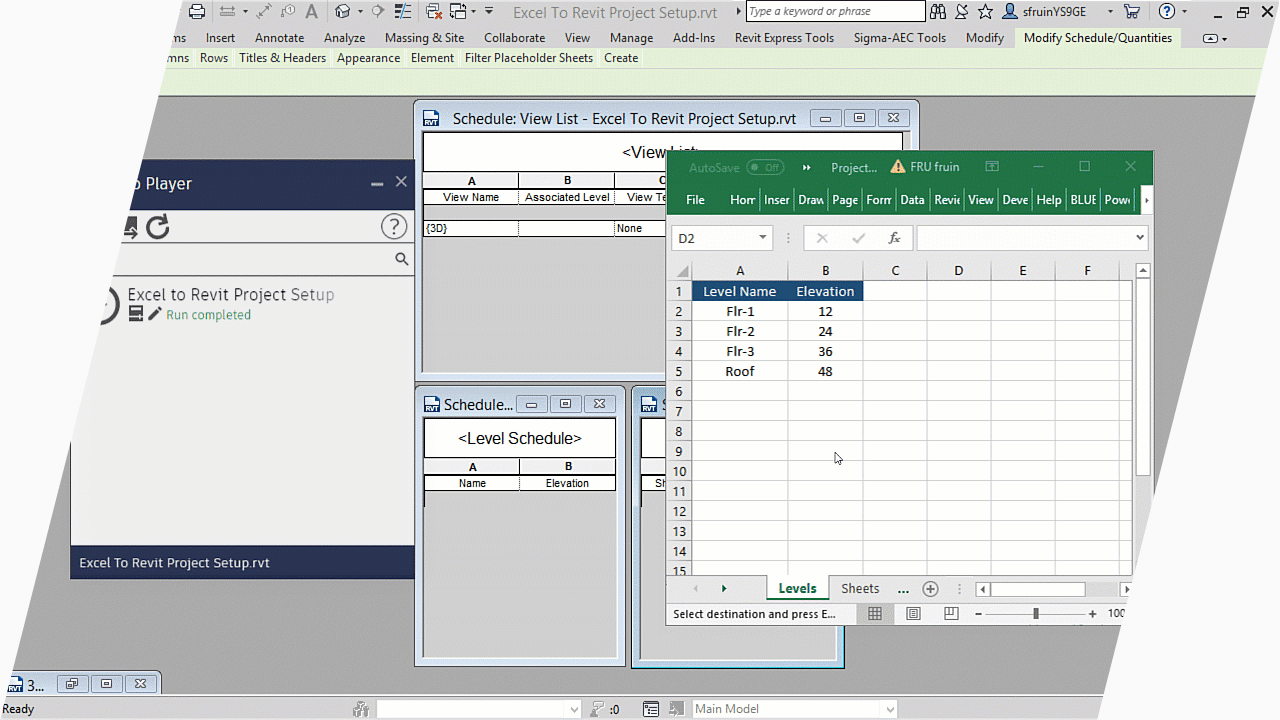Revit Add Ins: Expanding Your Layout Capabilities
Wiki Article
Breaking Obstacles: Excel Importation Techniques for Advanced Revit Users
Explore different data importation methods and master Excel combination to enhance your Revit modeling capabilities. With our tips and techniques, you can conquer importation challenges and end up being a real professional in making use of Excel for your Revit jobs.Advanced Revit Users: Leveraging Excel for Importation
You can easily take advantage of Excel for importation as an innovative Revit customer. Excel is a powerful tool that can greatly enhance your process and efficiency in Revit. With its capacity to deal with big quantities of data and carry out complex computations, Excel can be an useful asset in handling and arranging your job info.One means to utilize Excel for importation is by utilizing the "Web link Excel" attribute in Revit. This function permits you to connect an Excel spread sheet straight right into your Revit project, enabling you to upgrade and integrate data between the two programs. This can be especially beneficial when dealing with routines or tracking adjustments in your task.
One more means to use Excel is by utilizing the "Import/Export" function in Revit. This function allows you to import and export data between Revit and Excel, offering you the versatility to collaborate with data in both programs. You can import information from Excel right into Revit to produce aspects such as doors, wall surfaces, or spaces, and you can also export information from Revit to Excel for more evaluation or coverage.

Exploring Information Importation Techniques in Revit Using Excel
Discovering exactly how to import data from Excel into Revit offers efficient methods for incorporating details. When you import information from Excel, you can perfectly move information such as area schedules, product listings, and tools information into your Revit job. This process permits you to conserve effort and time by preventing hand-operated data access.To import information from Excel right into Revit, you can use the "Import/Export" feature. This function enables you to map the Excel data fields to the matching Revit specifications, guaranteeing that the details is properly designated within the model. By picking the ideal import options, you can control just how the information is imported and exactly how it communicates with your task.
One more method for importing information from Excel into Revit is by utilizing Eager beaver. With Eager beaver, you can create customized manuscripts that import information from Excel and adjust it within your Revit project.
Grasping Excel Assimilation for Advanced Revit Modeling
Understanding Excel assimilation for innovative Revit modeling entails using efficient approaches to perfectly transfer information and automate jobs within your job. By harnessing the power of Excel, you can enhance your Revit modeling process and conserve beneficial time. One essential strategy is importing data from Excel spreadsheets straight into your Revit version. This permits you to occupy criteria, such as area names or material amounts, with simplicity. With a couple of straightforward actions, you can map the Excel columns to the corresponding Revit criteria and import the information accurately.Another useful technique is exporting data from Revit to Excel. This enables you to extract details from your model, such as timetables or product amounts, and analyze it in Excel making use of formulas, graphes, or various other powerful devices. By leveraging the abilities of Excel, you can do complex computations, develop personalized reports, and gain valuable understandings right learn this here now into your job.
In enhancement to data transfer, Excel assimilation can automate repeated tasks in Revit. By producing macros or scripts in Excel, you can automate procedures like creating sights, generating sheets, or using basic households - revit plugins. This not just saves time however also makes sure uniformity across your job
To master Excel assimilation in Revit, it is important to understand the data structure and exactly how Revit interacts with Excel. By acquainting on your own with the readily available devices and strategies, you can unlock the full capacity of Excel integration and take your Revit modeling to the next degree.
Conquering Importation Difficulties: Excel Techniques for Revit Experts
When getting over importation challenges, it's essential to be familiar with effective Excel techniques that can profit specialists in Revit. his explanation As an advanced Revit user, you comprehend the significance of perfectly importing data from Excel into your jobs.
One more useful technique is using the "Transpose" function in Excel. This allows you to convert information from rows to columns or vice versa. When importing data into Revit, this can be particularly helpful when you have information in an upright style in Excel, however you need it to be in a horizontal format in Revit.
In addition, making use of Excel formulas such as VLOOKUP and INDEX-MATCH can considerably help in mapping information from Excel to Revit. These formulas enable you to search for details values in Excel and fetch matching data from another column. This can conserve you effort and time when importing large datasets right into Revit.
Excel Data Importation Idea for Advanced Revit Users
By acquainting on your own with effective Excel pointers and techniques, you can enhance your information importation procedure as an innovative individual of Revit. Furthermore, using Excel's "Paste Special" feature enables you to paste data from Excel into Revit while keeping formatting, such as cell color or font design. One more handy method is to make use of Excel's "Locate and Replace" feature to promptly make changes to your data prior to importing it into Revit.
Final Thought
You have now discovered useful strategies for importing data from Excel right into Revit as a sophisticated user. Go in advance, break those barriers and succeed in your Revit tasks!
When importing data right into Revit, this can be specifically handy when you have information in a vertical format in Excel, however you need it to be in a straight style in Revit.
Additionally, utilizing Excel solutions such as VLOOKUP and INDEX-MATCH can greatly help in mapping data from Excel to Revit. Furthermore, using Excel's "Paste Special" feature permits you to paste data from Excel right into Revit while keeping formatting, such as cell color or font design.
Report this wiki page